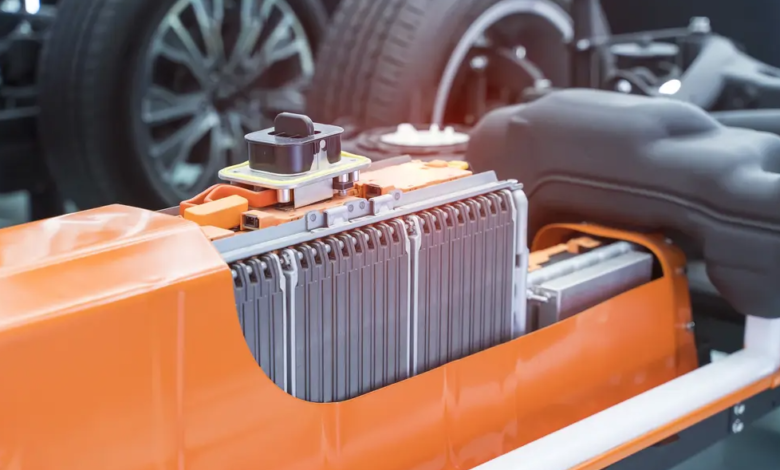More durable and powerful lithium-ion batteries thanks to conductive adhesive
Doors open to silicon electrodes in lithium-ion batteries thanks to a new coating
(sustainabilityenvironment.com) – For e-mobility to grow sustainably, we need high-capacity, cost-effective and long-lasting rechargeable batteries. A set of conditions on which a good part of the world’s energy research is working today. The latest advances in this regard come from the Lawrence Berkeley National Laboratory (Berkeley Lab), one of the leading laboratories of the US Department of Energy. Here the group of scientists, led by Gao Liu, has developed an innovative coating for electrodes that could make the lithium-ion batteries jump hoped.
Read also Here is the lithium-air battery that beats lithium ions
The material is a polymer with electrical and ionic conductivity, called HOS-PFM. Its ability to simultaneously facilitate the passage of ions and electrons offers a plus in battery performance. During production the polymer chains of the material self-assemble to form strands similar to highly ordered spaghetti. These elements constitute a kind of “atomic freeway” allowing lithium ions to travel with electrons. The result? The coating ensures better stability and speed of charge/discharge. And being also promising as an internal adhesive, it could extend the life of lithium-ion batteries from an average of 10 years to about 15 years.
The team tested HOS-PFM using aluminum and silicon electrodes, which are particularly promising for lithium-ion technology and cheaper than graphite. During experiments at the Advanced Light Source and the Molecular Foundry, researchers demonstrated that HOS-PFM coating significantly prevents electrode degradation, while offering high battery capacity for over 300 cycles, a performance rate on par with today’s most innovative electrodes. The researchers described these results in the journal Nature Energy.






